Summary
The use of plastics in agriculture (commonly known as ‘agriplastics’) only accounts for 3.5 per cent of annual global plastic usage. However, their design, use and the pollution they cause are devastating and extend far beyond farmland
Their use can create essential short-term abundance, but are also creating mid- to long-term scarcity of the very same produce. Disentangling the solutions to all of this will require multiple measures and approaches.
Summary
The use of plastics in agriculture (commonly known as ‘agriplastics’) only accounts for 3.5 per cent of annual global plastic usage. However, their design, use and the pollution they cause are devastating and extend far beyond farmland
Their use can create essential short-term abundance, but are also creating mid- to long-term scarcity of the very same produce. Disentangling the solutions to all of this will require multiple measures and approaches.
What are agriplastics?
[ Mouseover or tap buttons for more information ]
Protective cultivation films
Protective cultivation films
Greenhouses, high/low tunnels, plastic film placed on top of soil aka mulching, nursery films, direct covering and covering vineyards and orchards.
Piping, irrigation / drainage
Piping, irrigation / drainage
Water reservoir, channel lining, irrigation tapes and pipes, drainage pipes, micro-irrigation, drippers.
Fertiliser
Fertiliser
Slow-release, protective seed coatings.
Nets
Nets
Anti-hail, anti-bird, wind-breaking, shading.
Packaging
Packaging
Fertiliser sacks, agrochemical cans, containers, tanks for liquid storage, crates.
Other
Other
Silage films, fumigation films, bale twines, bale wraps, nursery pots, strings and ropes, boxes, fittings, spray cones, tapes.
Unintentionally added
Unintentionally added
Compost, sludge / slurry.
What are agriplastics?
[ Mouseover or tap buttons for more information ]
Protective cultivation films
Protective cultivation films
Greenhouses, high/low tunnels, plastic film placed on top of soil aka mulching, nursery films, direct covering and covering vineyards and orchards.
Piping, irrigation / drainage
Piping, irrigation / drainage
Water reservoir, channel lining, irrigation tapes and pipes, drainage pipes, micro-irrigation, drippers.
Fertiliser
Fertiliser
Slow-release, protective seed coatings.
Nets
Nets
Anti-hail, anti-bird, wind-breaking, shading.
Packaging
Packaging
Fertiliser sacks, agrochemical cans, containers, tanks for liquid storage, crates.
Other
Other
Silage films, fumigation films, bale twines, bale wraps, nursery pots, strings and ropes, boxes, fittings, spray cones, tapes.
Unintentionally added
Unintentionally added
Compost, sludge / slurry.
Agriplastics explainers
Watch our short video
Listen to our podcast
Agriplastics explainers
Watch our short video
Listen to our podcast
The UK food supply chain
In 2021, the UK had a ‘self-sufficiency ratio’ of 60 per cent, meaning it is largely self-sufficient in domestic production of grain, some meats, eggs, milk and potatoes, but only produced 54 per cent of the fresh vegetables and 16 per cent of the fruit it consumed in 2021.
The UK supply chain is international and driving agroplastic use and pollution across the world.
[ Mouseover or tap buttons for more information ]
The UK food supply chain
In 2021, the UK had a ‘self-sufficiency ratio’ of 60 per cent, meaning it is largely self-sufficient in domestic production of grain, some meats, eggs, milk and potatoes, but only produced 54 per cent of the fresh vegetables and 16 per cent of the fruit it consumed in 2021.
The UK supply chain is international and driving agroplastic use and pollution across the world.
[ Mouseover or tap buttons for more information ]
Fields of Plastic
The scale and use of plastics in global agriculture and their impacts on the environment in terms of pollution.
Fields of Plastic
The scale and use of plastics in global agriculture and their impacts on the environment in terms of pollution.
Impacts of agriplastic use
Impacts of agriplastic use
EIA grocery retailer agriplastics survey
Supermarkets are far and away the biggest final distributors of food and drink to the UK public, as well as collectively being the largest buyers of produce in the country. With so much purchasing power in the marketplace, how and what they source can be deciding factors in either hindering or enabling progressive agricultural practices – a significant responsibility.









Key takeaways from the survey conducted in 2023
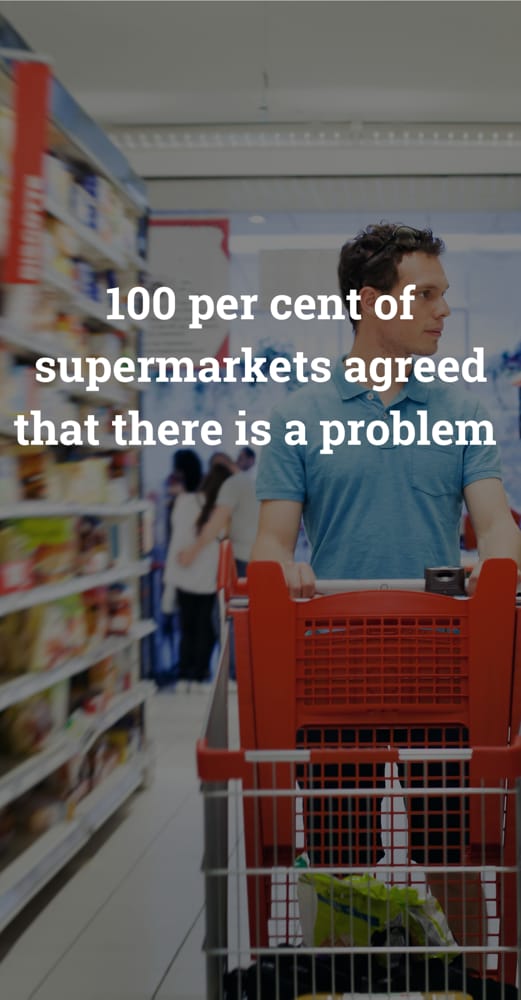
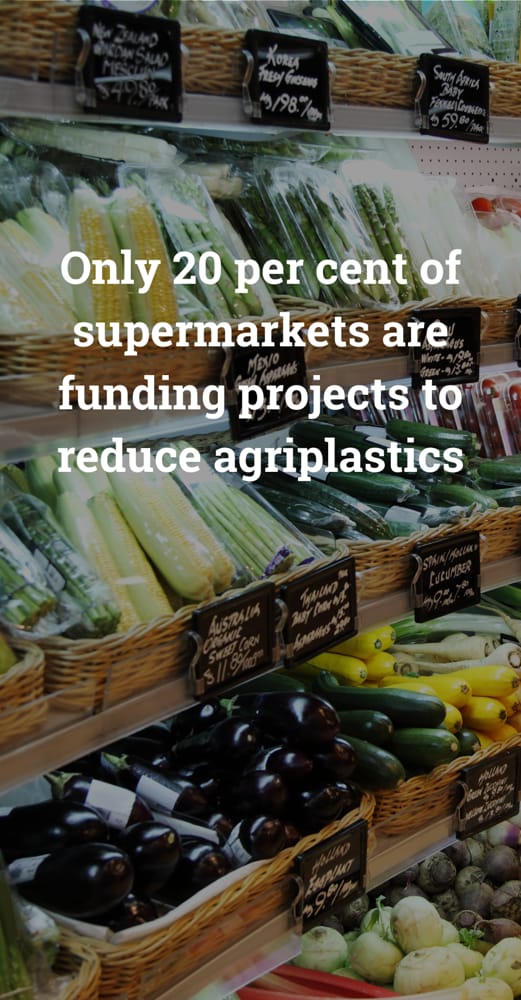
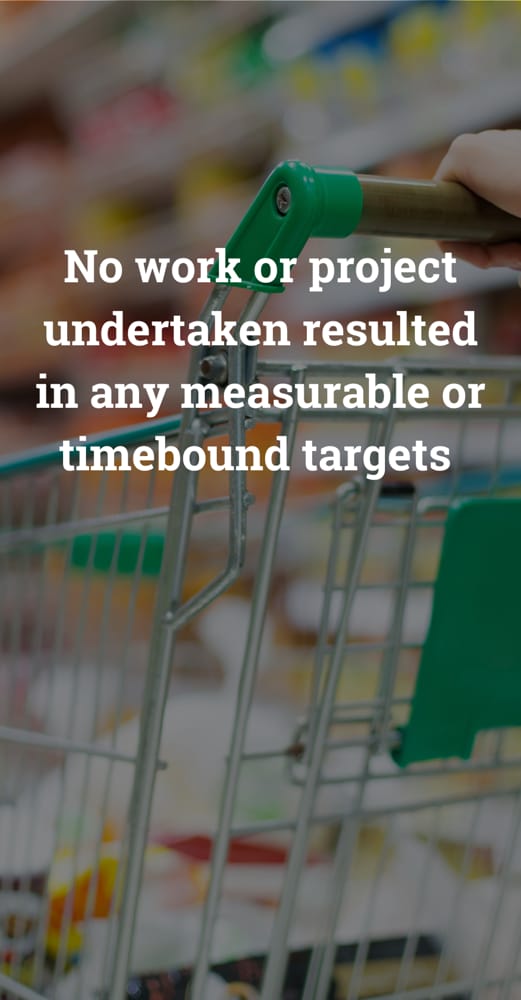
EIA grocery retailer agriplastics survey
Supermarkets are far and away the biggest final distributors of food and drink to the UK public, as well as collectively being the largest buyers of produce in the country. With so much purchasing power in the marketplace, how and what they source can be deciding factors in either hindering or enabling progressive agricultural practices – a significant responsibility.
Key takeaways from the survey conducted in 2023



All supermarkets we surveyed recognise the need for action
As of 2022, the UK grocery retail sector has yet to establish measurable objectives, sourcing policies led by supermarkets and adequate funding for solutions to the plastics crisis.
However, all the supermarkets EIA surveyed acknowledge the need for a sector-wide initiative dedicated to agriplastic pollution and, overall, more of them now require certain suppliers to follow third-party certification standards than when we first surveyed them.
Despite a noticeable increase in awareness, projects and trials, these initiatives are not matched by concrete action nor are they supported by Government policy.
All supermarkets we surveyed recognise the need for action
As of 2022, the UK grocery retail sector has yet to establish measurable objectives, sourcing policies led by supermarkets and adequate funding for solutions to the plastics crisis.
However, all the supermarkets EIA surveyed acknowledge the need for a sector-wide initiative dedicated to agriplastic pollution and, overall, more of them now require certain suppliers to follow third-party certification standards than when we first surveyed them.
Despite a noticeable increase in awareness, projects and trials, these initiatives are not matched by concrete action nor are they supported by Government policy.
Conclusions and recommendations
Grocery retailers may be profit-making entities, but their primary function is to deliver food to communities while working with their supply chains to ensure secure, sustainable and safe produce is delivered to market. Government policy should provide adequate safeguards with regards to agriculture ensuring the same.
We must act:
- for farmers, growers and agricultural workers who operate in an agricultural system that drives the contamination and degradation of the very land and ecosystem services on which they depend for their livelihoods, in addition to putting their health at risk
- for society, to no longer ignore the potential long-term toxicity and barrenness we are creating, given the deceptive convenience of agriplastics
- for the environment and others living within it who are clearly negatively impacted by the production and use of agriplastics (and, more generally, plastics).
For the UK Government
Address knowledge gaps
Approach agricultural policy holistically

Full details are available in the download below
Provide adequate policy in terms of agriplastic use
Close loopholes enabling agriplastic waste mismanagement
For the grocery retail sector
Review sourcing policies and sustainability plans
Work in unison across the sector
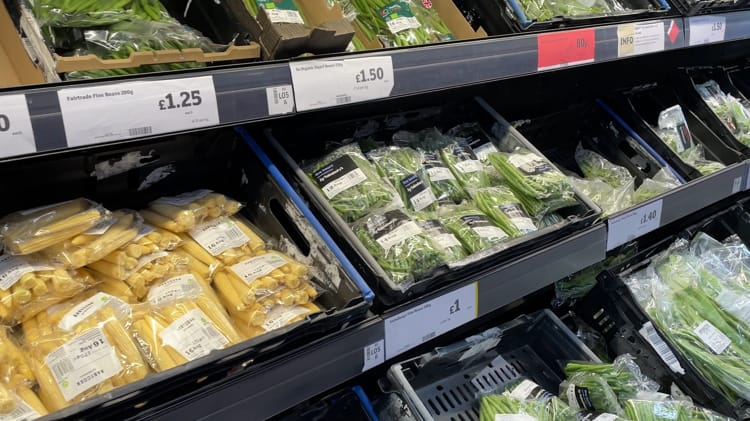
Full details are available in the download below
Educate customers on the issue
Engage with governments with regard to introducing supportive policy measures
For farmers and growers
Leverage relevant unions to advocate for Government policy that protects farmers and growers from the drivers and consequences of agriplastic use, ensuring alternatives are sufficiently supported both through Government policy and retailer sourcing requirements.
Immediately end the practice of burning agriplastic waste on farmland
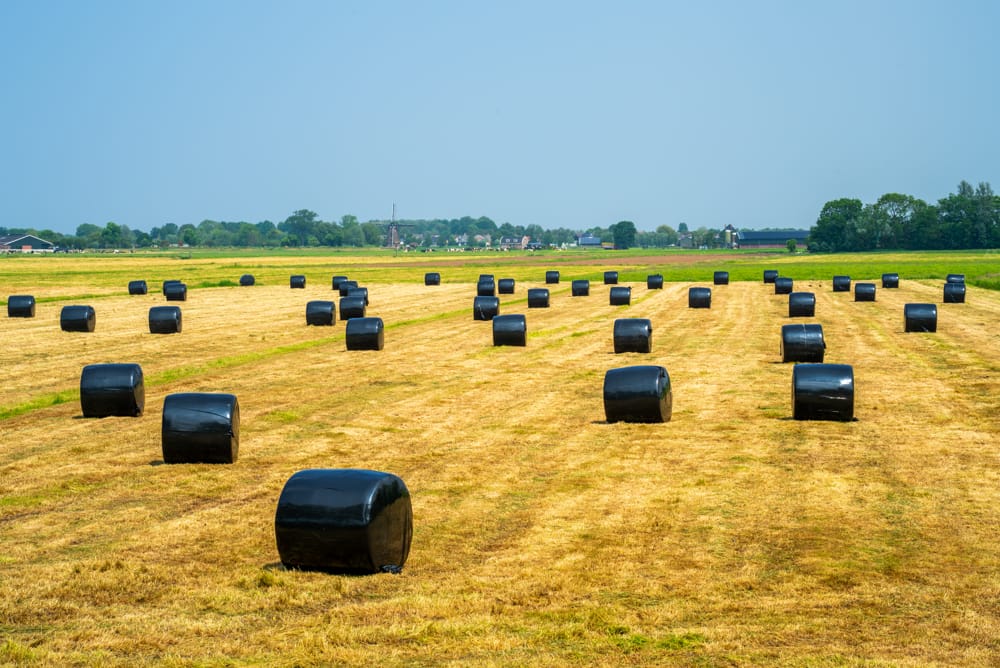
Full details are available in the download below
Take all steps possible to ensure that agriplastic waste collection and treatment is legal and advocate for improved facilities where they are not available
Cultivating Plastic: Agriplastics and the UK grocery retail supply chain
Download the full report. This includes references and picture credits.
(Check out the full cultivating plastics series, which will expand to 4 parts in the coming weeks)

